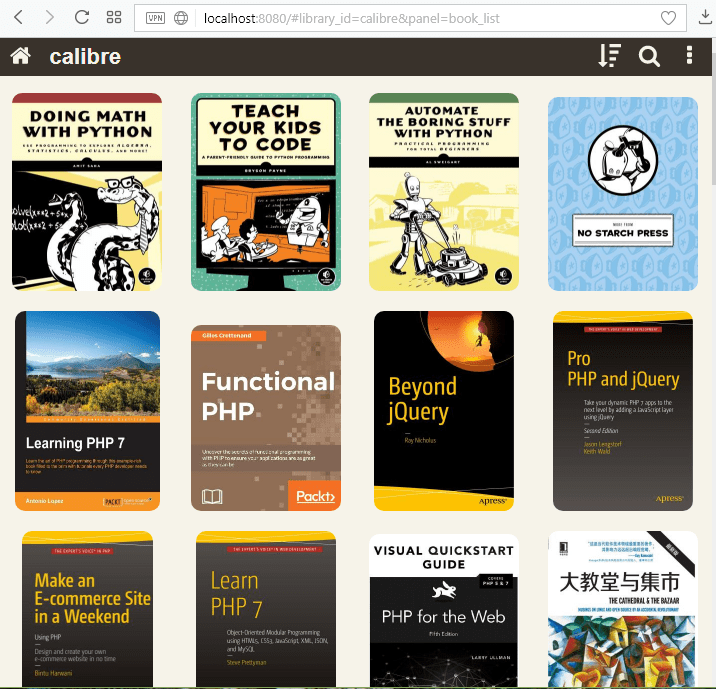Welcome back, calibre users. It has been a year since calibre4.0. The two headline features are Highlighting support in the calibreE-book viewer and that calibre has now moved to Python 3.

This change fixes an issue with Calibre 4.23, and DeDRM 6.8.0 with Python 2, but it breaks the decryption of ePubs with Calibre 5, and Python 3, because it isn't a valid statement for Python 3, it's only valid for Python 2. This change fixes an issue with Calibre 4.23, and DeDRM 6.8.0 with Python 2, but it breaks the decryption of ePubs with Calibre 5, and Python 3, because it isn't a valid statement for Python 3, it's only valid for Python 2. According to the documentation of Python 3, in Python 3 the equivalent of the Python 2 long is int, but you don't have to.
There has been a lot of work on the calibre E-book viewer. Itnow supports Highlighting. The highlights can be colors, underlines,strikethrough, etc. and have added notes. All highlights can be both stored inEPUB files for easy sharing and centrally in the calibre library for easy browsing.Additionally, the E-book viewer now supports both vertical and right-to-left text.
calibre has moved to using Python 3. This is because Python 2was end-of-lifed this year. This should be completely transparent to calibre users,the only caveat being that some third party calibre plugins have not yet been portedto Python 3 and therefore will not work in calibre 5. For status on the variousplugin ports, see here. This effort involved porting half-a-millionlines of Python code and tens-of-thousands of lines of extension code to Python 3. Thiswould not have been possible without the help of Eli Schwartz and Flaviu Tamas.
Calibre Python Free

- Highlighting in the E-book viewer
You can now highlight text in the E-book viewer. Highlights can be created in many styles, with associated notes. By default, when highlighting EPUB books, the highlights are stored in the book file itself for easy sharing. They are also stored centrally in the calibre library and can be browsed using the Browse annotations tool that you can access by right clicking the View button.
Highlights can be created by simply selecting text and clicking the Highlight selection button.
Highlighting even works using the in-browser viewer that is part of the calibre Content server. You can choose to have highlights created there sync automatically with highlights created in the calibre E-book viewer via a setting in the Miscellaneous section of the E-book viewer preferences.
- Dark mode support
calibre now fully supports dark mode throughout, in the main interface, the E-book viewer, the E-book editor and even the Content server. On Windows and macOS dark mode is activated automatically based on operating system settings. On Linux you have to set the
CALIBRE_USE_DARK_PALETTE=1environment variable. - Enhanced search in the E-book viewer
The E-book viewer now supports enhanced searches with whole word, regular expressions, etc. Search results are displayed grouped by chapter. There is a button that takes you back to where in the book you were after you are done searching.
- Backwards incompatibilities
There are a few minor backwards incompatibilities to be aware of in calibre 5
- Because calibre has now moved to Python 3, some third party plugins will no longer work, until they are also ported to Python 3. For status on the plugin porting effort, see here.
- Because of the support for library wide annotations, the database format was slightly changed. While calibre 4.23 is able to open and operate with calibre 5 databases, older versions of calibre may have trouble.



April 2020: Calibre is under constant development, and since I wrote this a couple years ago I see options that I didn't notice back then.There are configurations for adding an SSL certificate, setting up user accounts, and disabling guest access, which makes it a really secure browser.
This is an appropriate time to throw out a big thank you to the calibrecommunity who have contributed selflessly of their energy and enthusiasm —without which many of the features above would never have seen the light ofday.
Note that some of these features were actually introduced during thelifetime of the 4.x series. This document describes new features as comparedto 4.0
See what was new in previous major calibre releases:4.0, 3.0, 2.0, 1.0, 0.9, 0.8, 0.7.
Calibre Python Download
Following up on the last post on the state of Calibre in Debian, some news for those who want to get rid of Python2 on their computers as soon as possible.
With the finally finished Qt transition to 5.12, Calibre 4 can be included into Debian. I just have uploaded Calibre 4.2 build using Python 3 to the experimental suite in Debian. This allows all those who want to get rid of Python2 to upgrade to the experimental version.
WARNINGS
There are a few warnings you shouldn’t forget:
- the Python3 version is experimental
- practically all external plugins will be broken, and you will need to remove them from
~/.config/calibre/plugins
Calibre Python Interview
That’s it, happy e-booking!
